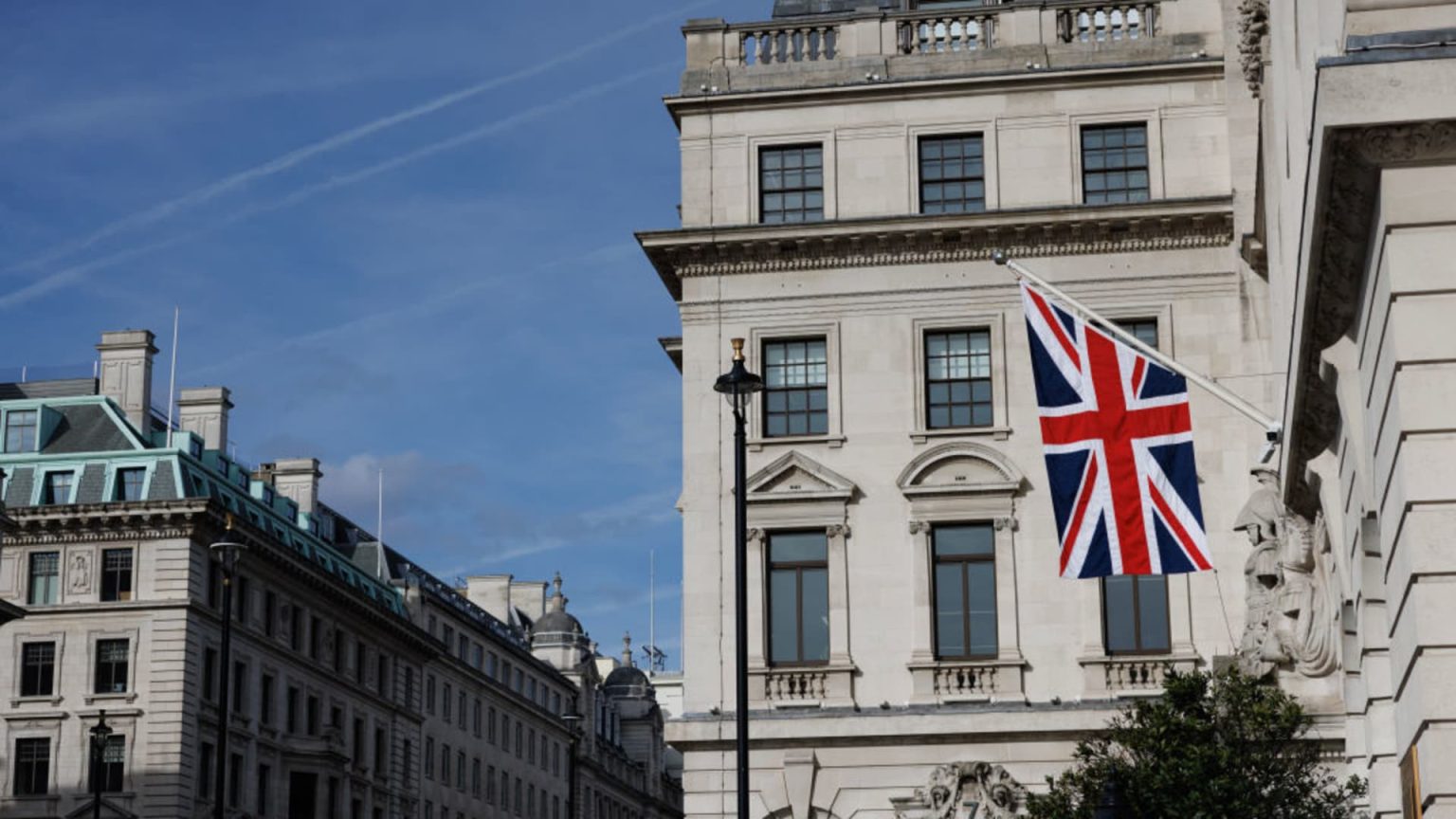The U.K. gross domestic product rose by 0.1% in February according to the Office for National Statistics. This figure was in line with expectations and indicates a return to sluggish economic growth. Despite the slight increase, GDP was 0.2% lower on an annual basis. The U.K. experienced a contraction in the third and fourth quarters of 2023, which put the country in a technical recession. January had recorded light growth, which was revised upward to 0.3% on Friday. Construction output fell by 1.9% in February, while production output rose by 1.1% and growth in the services sector slowed to 0.1% from 0.3%.
The chief U.K. economist at Capital Economics, Paul Dales, stated that the recent data “all-but confirms the recession ended” last year. He also mentioned that although they expect a better economic recovery compared to most, it may not be strong enough to prevent inflation from falling further. British inflation dropped more than expected in March to a nearly two-and-a-half year low of 3.4%. In comparison, the U.S. experienced higher than expected price rises at 3.5%, which led to revised expectations for interest rate cuts to September. This indicates a divergence in the economic situations of the two countries.
The U.K.’s economic performance in February suggests a slow but steady recovery from the recent recession. With slight growth in GDP and improvements in certain sectors like production, there are signs of progress. However, the construction sector saw a decline, highlighting areas that may still need attention for further growth. Despite the positive outlook, economists are cautious about the impact of inflation and interest rates, especially with the current global economic climate.
The U.K.’s GDP figures reflect a tentative return to growth following a challenging period of contraction. The slight increase in February, coupled with revisions to January’s data, show positive trends in the economy. The varying performance of different sectors indicates a mixed picture of recovery, with some areas showing improvements while others continue to struggle. The overall outlook is cautiously optimistic, with hopes for a strengthening economic recovery in the coming months, despite concerns about inflation and interest rates.
The recent data on the U.K.’s GDP highlights the challenges and opportunities facing the country’s economy. The slow but steady growth in February, along with revisions to previous figures, suggests a gradual recovery from the recession. While there are positive signs in certain sectors like production, there are also areas of concern such as the decline in construction output. Economists remain watchful of inflation and interest rates, especially in comparison to global trends, to ensure sustainable economic growth in the future.
In conclusion, the latest GDP figures for the U.K. point to a cautious return to economic growth following a period of contraction. The minor increase in February, alongside improvements in some sectors, indicates progress in the country’s recovery. However, challenges remain, particularly with regards to inflation and interest rates, which may impact the pace of economic recovery. The mixed performance of different sectors underscores the need for continued monitoring and support for sustained growth in the U.K. economy.


